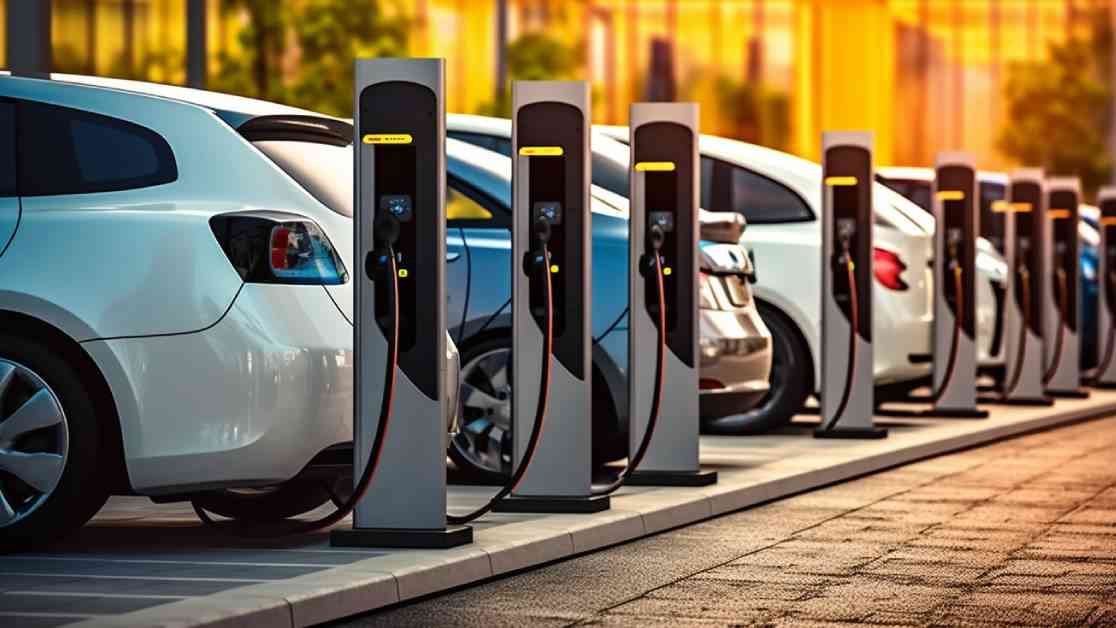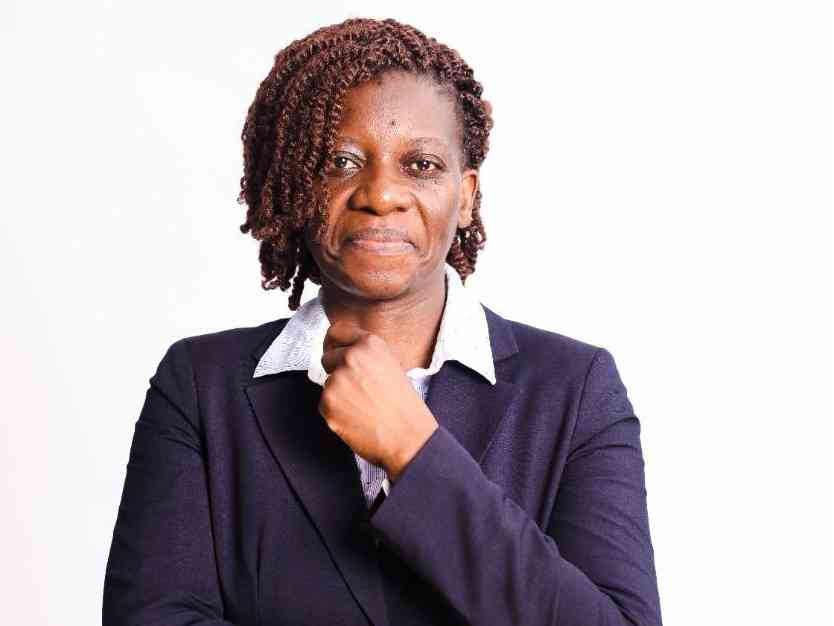
China uses the rampant production of Electronic Vehicles (EV) as a new Trojan horse to destroy competition globally. The US, EU and Canada are trying to counter this by increasing duties on Chinese imports.
As the world sees the dominant display of Chinese electric vehicles (EVs) manufacturing capabilities many countries have risen to counter the madness where overproduction and cheap products have killed the healthy competition in the sector. China’s unfair business tactics have got the world’s attention and many countries now are condemning Beijing of not following the righteous path.
After the United States, it is now Canada that has imposed a 100% tariff on Chinese-made EVs. The reason for imposing tariffs on Chinese EVs is simple to block them from creating competition that lacks business ethics. Ottawa has decided to work with allies, especially Washington, to ensure car buyers would not suffer due to nonmarket practices of countries like China.
Canadian Prime Minister Justin Trudeau had disclosed recently that his country will impose a 100 percent tariff on Chinese EVs and also announced a 25% tariff on steel and aluminum imported from China. “I think we all know that China is not playing by the same rules,” he told reporters. The tariffs will be in action starting from October 1. “What is important about this is we’re doing it in alignment and in parallel with other economies around the world,” Trudeau said on the sidelines of a three-day, closed-door cabinet meeting in Halifax, Nova Scotia. The Chinese embassy in Ottawa has not yet responded on the strict action taken against the dragon.
China is currently world’s largest EV maker having captured around 58% of global production capacity and had exported 1.5 million EVs in 2023 alone. But the world EV makers refer to as malpractice is China indulging in overcapacity. Overcapacity in any sector indicates the rate of industrial capacity and lower rate implies any surplus production is result of lower rate. Chinese EV makers resort to overcapacity to make best use of subsidies offered by other countries by flooding their market by cheaply-made EVs, and as a result taking out the local players out of contention and competition.
Trudeau had hinted at the ills of working with China and as a punitive action wants Chinese EV makers to pay the penalty of following wrong business practices in Canada. Ottawa, after having lost its trust in China, is also mulling tariffs on chips and solar cells made in China.
Earlier the US President Joe Biden had also showed his anger by announcing a quadrupling of tariffs on Chinese electric vehicles to 100 percent, a doubling of duties on semiconductors and solar cells to 50 percent, and new 25 percent tariffs on lithium-ion batteries and other strategic goods, including steel, to shield firms from excess Chinese production. In a similar fashion, the European Union has also come into action levying a up to 36.3 percent tariff on imports of Chinese-made EVs.
These actions against China are all result of pressure from local businesses to prepare a level playing field for other players and not China alone enjoy the benefits. VinaNadjibulla, vice president of research and strategy at the Asia Pacific Foundation of Canada, while taking to media persons said, “The Canadian and US auto sectors are fully integrated, and it makes sense for Canada to be fully aligned and in lockstep with the US on these tariffs.” “This is consistent with Canada’s economic and national security agenda. The question mark right now is how China will react,” she added.
As per the estimates, China has been a trusted companion of Canada when it comes to trading, a second largest trading partner and had even surpassed the US. Data from Canada’s largest port in Vancouver show imports of automobiles from China jumped 460 percent annually in 2023 when Tesla started shipping Shanghai-made EVs to Canada.
But the question arises how the tariffs on Chinese EVs would impact the buyers worldwide and under special scenario would impact EV major Tesla, which too is being manufactured in China since 2023, and has its Model 3 compact sedan and Model Y crossover models being exported from its Shanghai Gigafactory to Canada.
Seth Goldstein, equity strategist at Morningstar, quipped, “In response to the tariffs, I would expect Tesla would shift its logistics and potentially export autos to Canada from the US.” He referred to drop in Tesla’s shares and said, “The market is likely reacting to the tariffs and weighing a potential profit impact if Tesla has to export vehicles to Canada from its higher-cost production base in the US.” It is to be notes that the EU has gone soft on Tesla and reduced tariff rate of 9 percent, lower than the 36.3 percent it had imposed on other Chinese EV imports.
Chinese stocks have been hit hard hits by the tariffs imposed by Canada, the US and the European Union. Reports reveal that China’s Shanghai Shenzhen CSI 300 and Shanghai Composite indexes fell 0.6% and 0.2%, respectively, while Hong Kong’s Hang Seng index shed 0.5%. The stocks of Chinese EV giants such as BYD Co, NIO Inc, and Li Auto Inc had fallen flat on ground after Canada announced a 100% import duty on Chinese EVs, including those imported by Tesla. Tesla shares fell 3.2% in an overnight trade.
China for now feels safe as Canadian EV markets was relatively smaller in terms of exports compared to whole of Europe. But the Canadian punitive action has still irked China hinting at a renewed trade war with the West as China may also mirror the actions by imposing retaliatory tariffs.
Canada for now is trying to revive its local EV makers by signing heavily loaded deals worth billions of dollars and to build EV supply chain that can bolster its manufacturing capacity.











